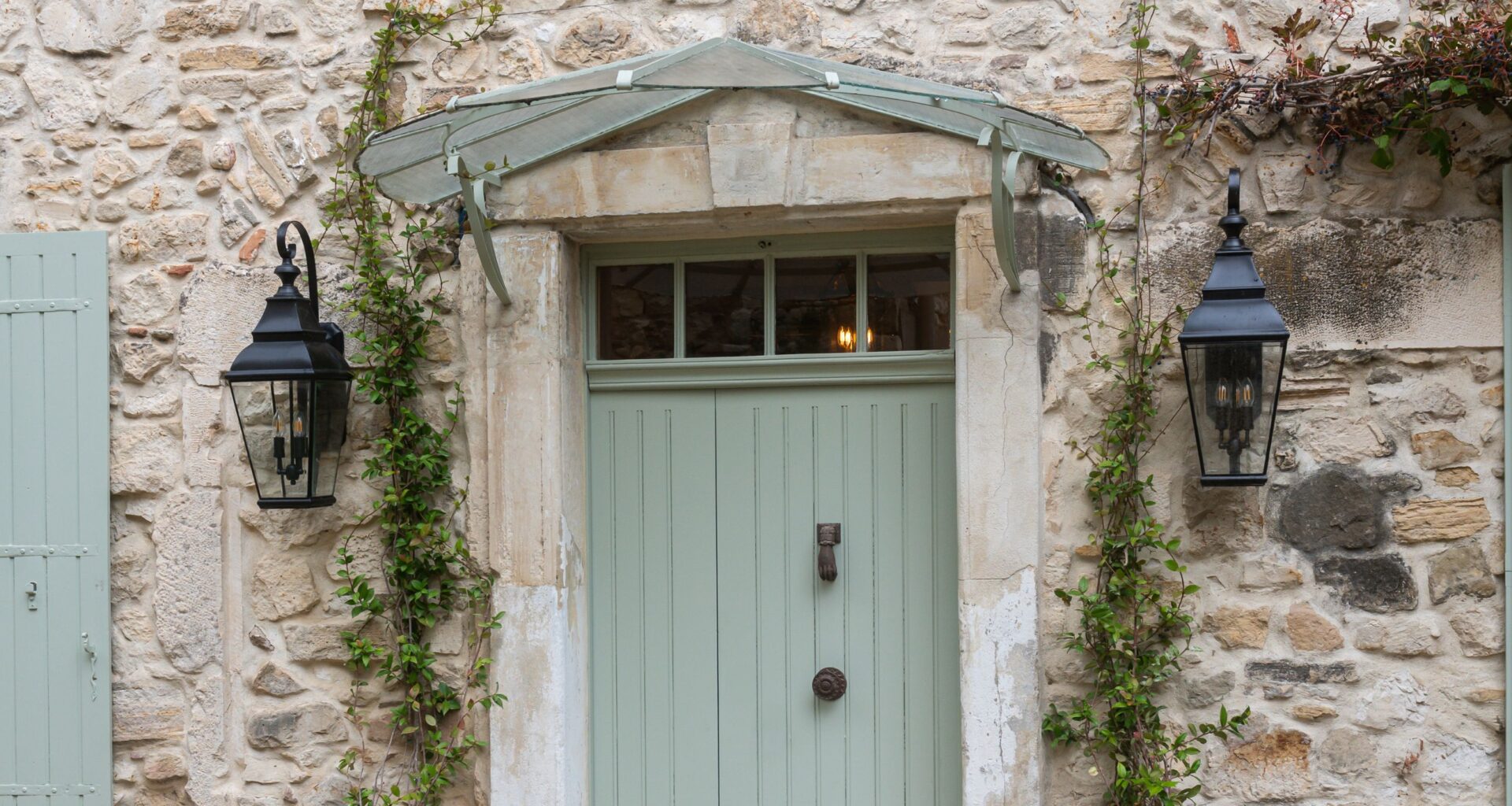‘I always say that it’s an English country house in France,’ says Utah-based Kyong Millar when describing La Maison de Frédéric, her charming holiday home in the south of France. If the English influence seems unexpected for a couple from Salt Lake City, Kyong – founder of clothing boutique Koo De Ker – explains that years before buying their holiday home near Uzès, she and husband Donnie almost moved to the UK. In preparation, many trips were made to the Cotswolds, taking design notes from National Trust houses and poring over issues of House & Garden.
Their transatlantic move fell through, but the couple had already fallen in love with Europe, and Kyong in particular had discovered an affinity with traditional English decorating. She references those early lessons in room layout, arranging objects and layering patterns as being pivotal to her vision for La Maison de Frédéric.
Kyong and Donnie had holidayed in the south of France for a decade before their 2020 ‘now or never’ purchase. They loved the slow lifestyle, but the houses they rented always felt lacking in design or functionality, so the couple often mooted buying a place of their own. The fairytale villages of the Luberon didn’t appeal. ‘We wanted to learn to speak French in a working town where people actually live,’ says Kyong. Uzès, 40 kilometres west of Avignon, felt like such a community, and so it became the central point of their search.
La Maison de Frédéric wasn’t a spontaneous buy – they’d seen it before – but in the end, it took a global pandemic to give them the push they needed. ‘Like everybody, we were having an existential crisis during the first lockdown,’ Kyong explains. ‘I’m a busybody, but my store was closed, everybody was at home, and then it makes you question, is this my life? Is this it? And so we bought the house.’
The sale process took a year, but their dream was finally realised in the centre of a sleepy medieval village, a short drive from lavender fields and 15 minutes from some of their favourite cafés and antiques shops. The previous owners had modernised the 500-year-old house around 30 years ago, but aesthetically and practically, it still needed a lot of work, and so began four years of renovating. They had a bilingual site manager who lived locally, but during the most pivotal points, they were making the 10,000-mile round-trip from Utah every two months to keep progress on track.
They had initially planned to renovate the three-storey, four-bedroom house in stages, but post-pandemic, their original quotes for work and materials had gone up by 20-30 per cent, and it was only going to get worse. ‘We realised we had to put all our chips in and do it in one go, but it was so overwhelming and consuming,’ recalls Kyong. ‘The eight-hour time difference meant I was up at 4am every morning to be available on WhatsApp, because once the tradesmen were on site, if they didn’t have all the information they needed, they’d leave and not come back for another week. I was always tethered to my phone, answering questions,’ Kyong adds. ‘There were many points where I thought we’d made a mistake and we’d bitten off more than we could chew. I’d think, this is too hard, what are we doing?’ she recollects. ‘I’d always say that I could handle the elephants, it was the ants that got me. I could deal with the big things, but the minutiae can send you crazy.’
